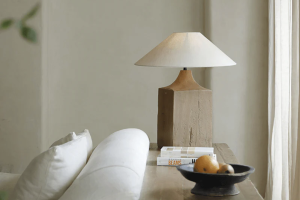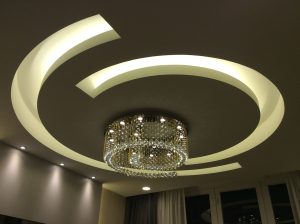Introduction
Antique sconces have been an integral part of interior design for centuries, and continue to add a touch of elegance and sophistication to any space today. These vintage wall-mounted light fixtures not only provide lighting, but also serve as decorative elements that reflect the aesthetic of a particular era. This article explores the rich history and design of antique sconces and why they have stood the test of time as a beloved piece of home decor.
The Origins of Antique Sconces
Sconces have been used as a lighting source since ancient times, with evidence of sconces dating back to the medieval era. However, it wasn’t until the 17th century that sconces became more elaborate and decorative, often featuring intricate designs that incorporated materials such as bronze, silver, and gold. Sconces were originally candlesticks but evolved to include light bulbs in the late 19th century, marking a significant shift in the design and functionality of these fixtures.
The Victorian Era
The Victorian era was a period of opulence and grandeur, and the design of sconces during this time reflected that. Victorian sconces often incorporated floral and foliage motifs, as well as intricate engravings and carvings. They were also typically made from materials such as brass, which was seen as a symbol of luxury.
The Art Nouveau Movement
The Art Nouveau movement, which emerged in the late 19th century, focused on natural forms and shapes, and this influence can be seen in the design of sconces during this period. Art Nouveau sconces often featured organic shapes such as flowers and leaves, and were made from materials such as stained glass, bronze, and wrought iron. These fixtures were often designed to complement the interior design of the buildings and rooms they were in, and were seen as an integral part of the overall aesthetic.
The Art Deco Movement
The Art Deco movement emerged in the 1920s and 1930s and was characterized by its emphasis on geometric shapes and bold colors. Art Deco sconces often featured sharp angles, zigzag patterns, and bold colors such as black, white, and gold. They were made from materials such as chrome and glass, and were designed to complement the streamlined, modern interior design aesthetic of the time.
Why Antique Sconces Have Endured
Antique sconces have endured because they continue to be a desirable and functional piece of home decor today. While modern technology has progressed to the point where lighting can be easily controlled through an app on one’s phone, antique sconces offer a touch of history and character that cannot be replicated by modern fixtures. Their ornate designs and craftsmanship are a testament to the skill of the artisans who created them, and their timeless appeal means they will continue to be a beloved piece of home decor for generations to come.
Conclusion
Antique sconces have a rich history and design that continue to captivate homeowners and interior designers today. Whether they are Victorian, Art Nouveau, or Art Deco in style, antique sconces offer a level of elegance, sophistication, and opulence that is hard to find in modern lighting fixtures. As technology continues to advance and design trends evolve, antique sconces stand the test of time as a testament to the beauty and craftsmanship of the past.



More Posts
Stunning Vintage Opaline Lights: Illuminating Homes with Timeless Elegance
Bringing Versatility to Light: Exploring the Benefits of Dual Light Technology
Shining Light on E14 Bulbs: The Ultimate Guide to Understanding and Using Them